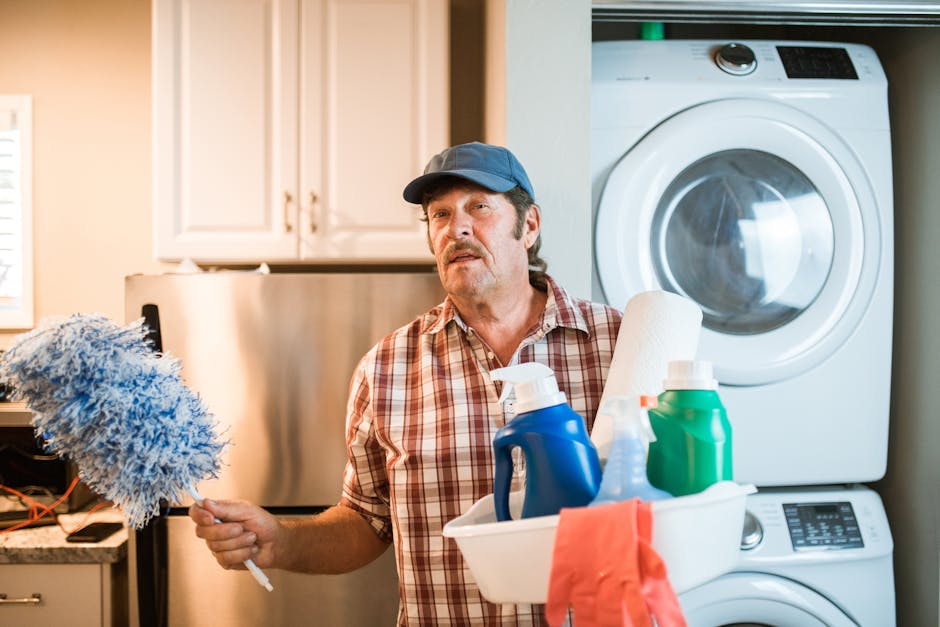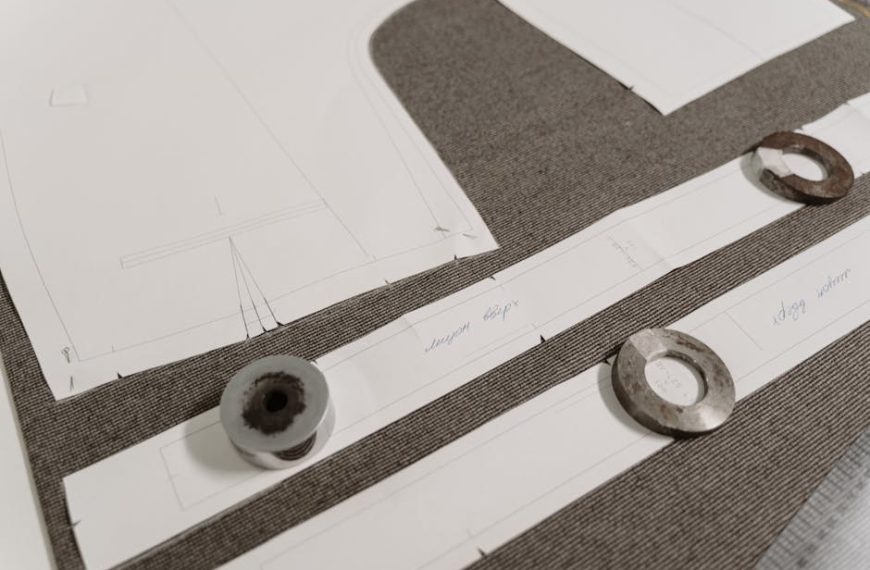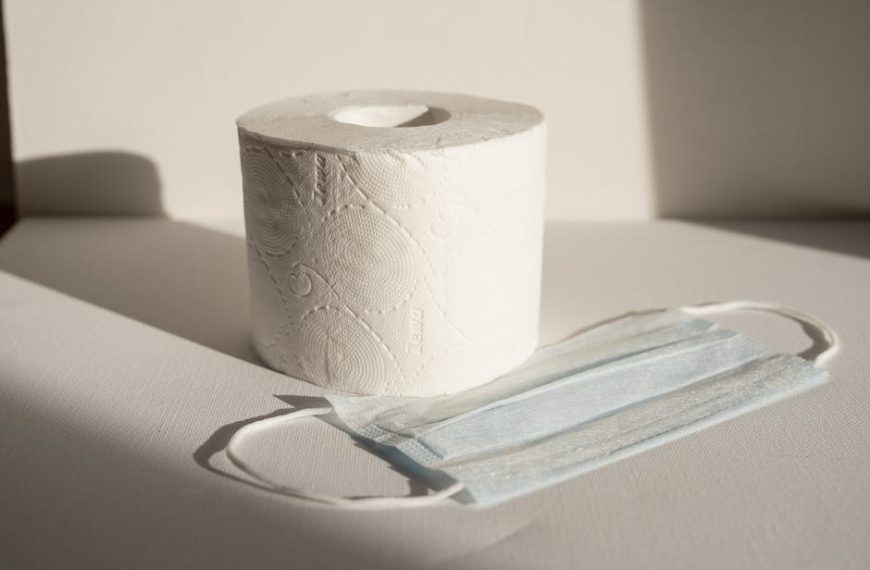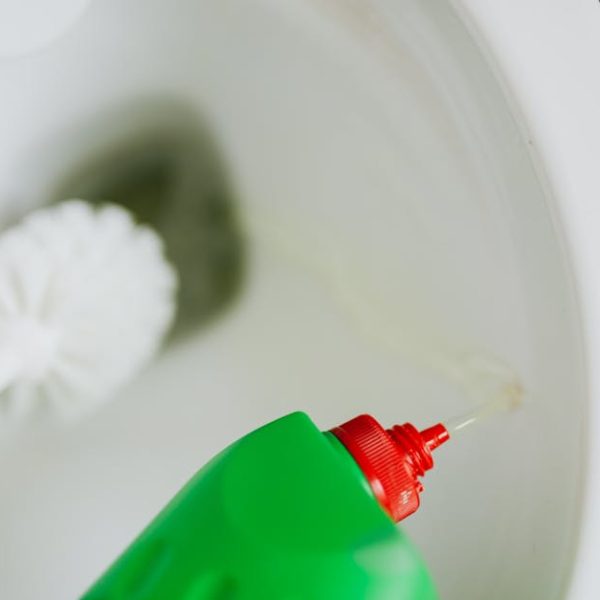When you’ve dusted every nook and cranny in your home with your trusty Swiffer Duster, the question then arises, how do I clean this? It’s a common household enigma that this article aims to solve.
The first logical step is understanding what your Swiffer Duster is made up of. This product’s efficiency predominantly lies in its ability to trap and lock dust back into its thready head, thanks to its unique fiber technology—the proprietary ‘fluffy’ material, electrostatically charged to attract fine particles.
Understanding Swiffer Duster Construction and Material Types
Primarily, Swiffer dusters are constructed from a blend of polyester and polypropylene fibers. As such, multiple cleaning and washing options can be employed without damaging the structure or reducing the efficacy of your duster.
- Polyester is a strong synthetic fiber that is resistant to wear and tear, stretching, and most chemicals.
- Polypropylene, on the other hand, is known for its sturdiness, lightweight, and resistance to mildew and moisture absorption.
Initial Steps for Cleaning Swiffer Dusters
Before dipping your Swiffer Duster into water or any form of cleaning solution, there are initial step you need to take.
Reducing the Dust Load
Start by shaking off loose dust particles outdoors. Holding the handle between your fingers, give it a good shake with swift, rigorous movements. For stubborn particles, you can use a clean, dry, soft brush to dislodge them.
Checking for Damage
Before getting it wet, inspect your Swiffer Duster for any signs of damage or excess wear and tear. Look for things like loose stitches, fraying fibers, or any cuts in the base.
With those initial checks out of the way, you’re set to start washing your duster. It’s important to get this right, though, as misuse of cleaning agents, water temperature, or simply mishandling can lead to reduced efficiency of your Swiffer Duster.
Detailed Cleaning Guide for Swiffer Dusters
Cleaning Solution
When creating your cleaning concoction, steer clear from harsh or abrasive cleaners. They can compromise the duster’s integrity by causing gradual decay of the fibers. Your duster will fare better with mild, gentle cleaning agents. A mix of lukewarm water and a teaspoon of mild dish soap should suffice.
Scrubbing the Duster
After confirming your cleaning solution is fine, immerse your Swiffer Duster into the soapy water, then gently squeeze it for the solution to permeate all the fibers. Use your fingers to lightly scrub along the length of the duster, ensuring every corner gets cleaned.
Rinsing and checking for Cleanliness
Squeeze it gently to drain the soap, then rinse it under warm running water. While doing this, inspect for any remaining dirt or dust particles. If there are, repeat the scrubbing and rinsing process until completely clean.
Is the Cleaning Method for Eyeglass Microfiber Cloth Applicable to Swiffer Dusters?
While the cleaning method for eyeglass microfiber cloths is effective, it may not be ideal for Swiffer dusters. Swiffer materials require specific care to maintain their dust-attracting properties. For best results, consider general tips for cleaning microfiber cloths, ensuring they remain effective for both tasks.
Drying and Storing Swiffer Dusters Post-Cleaning
After the washing phase is complete, the next task is to dry your Swiffer Duster. Proper drying is vital because incorrect practices can lead to unwelcome smells or potentially compromise the structure of your Swiffer Duster.
Air Dry
This method is quite simple – just hand your Swiffer Duster in a well-ventilated area, out of direct sunlight. On a warm day, your duster should be dry within a few hours.
Machine Dry
You can also set your Swiffer Duster on a smooth surface and let a fan blow directly on it until it is dry.
Weighing the ‘air dry’ against ‘machine dry’ methods,
| Air Dry | Machine Dry |
|---|---|
| :—- | —-: |
| Eco-friendly, save on power. | Quick completes in minutes if you use a powerful fan. |
| Takes longer duration to completely dry your duster. | Might push the residual moisture into the fibers, causing odors if not properly dried. |
Storing Your Swiffer Duster
Once your duster is completely dry, store it in a cool, dry place away from direct sunlight. This helps prolong the lifespan of the duster fibers and keeps them fluffy and effective for capturing dust.
Necessary Precautions and Potential Mistakes to Avoid When Cleaning Swiffer Dusters
To ensure a successful clean while keeping yourself safe, there are a few things to keep in mind.
Avoid Excessive Soaking or Twisting
Over-soaking or too much twisting during washing can lead to the fibers clumping together or even breaking down. Always opt for a gentle squeeze instead of wringing or twisting.
Don’t Use Harsh Detergents
Beyond ruining the fibers, abrasive cleaning agents can also cause skin irritation if not thoroughly rinsed from the duster. Use mild soap for a safe and effective clean.
Don’t Tumble-dry
Exposing your Swiffer Duster to excessive heat can cause the fibers to melt. Avoid using a tumble-dryer or hot water to wash or dry your duster.
By following these rules, you’ll have your Swiffer Duster clean and ready for the next dusting session in no time, without unnecessary damages or reduced efficiency. Get your duster, start the cleaning process, and restore its exquisite dust pick-up power. Happy dusting!
Key Takeaway:
- Understanding the unique construction and materials of Swiffer Dusters is crucial when planning to clean them.
- Before washing, you should shake off dust particles and inspect the duster for damage.
- Gentle cleaning solutions and lukewarm water are recommended for washing Swiffer Dusters.
- It’s important to correctly dry and store the dusters to enhance their durability.
- There are several common mistakes when cleaning Swiffer Dusters, such as oversoaking, using harsh cleaning agents and tumble-drying, all of which should be avoided to maintain the Duster’s efficiency.
Cleaning your Swiffer Duster is relatively simple once you understand the recommended cleaning procedures and materials. It may initially seem a little daunting, but by following the above guidelines, you can extend the lifespan of your Duster and keep your home dust-free.
FAQs
Q: Can I use bleach to clean my Swiffer Duster?
A: No, bleach is too harsh for the fibers of a Swiffer Duster and can damage them significantly. Always opt for mild cleaning agents.
Q: Is it okay to machine wash my Swiffer Duster?
A: It’s not recommended, as the agitation in the washing machine can cause the fibers to break and clump together.
Q: Can I put my Swiffer Duster in the dryer?
A: No, Swiffer Dusters should not be put into a dryer as the heat can melt the fibers. Air drying is the recommended method.
Q: How often should I clean my Swiffer Duster?
A: This largely depends on how frequently you use it, but it’s a good rule of thumb to wash it after several uses.
Q: What is the life span of a Swiffer Duster?
A: With proper cleaning and maintenance, Swiffer Dusters can last for many months. However, its lifespan could reduce significantly if not cared for properly.
Encourage your readers to share this comprehensive guide with friends and family, and invite them to explore more posts on your website for similarly informative content!












